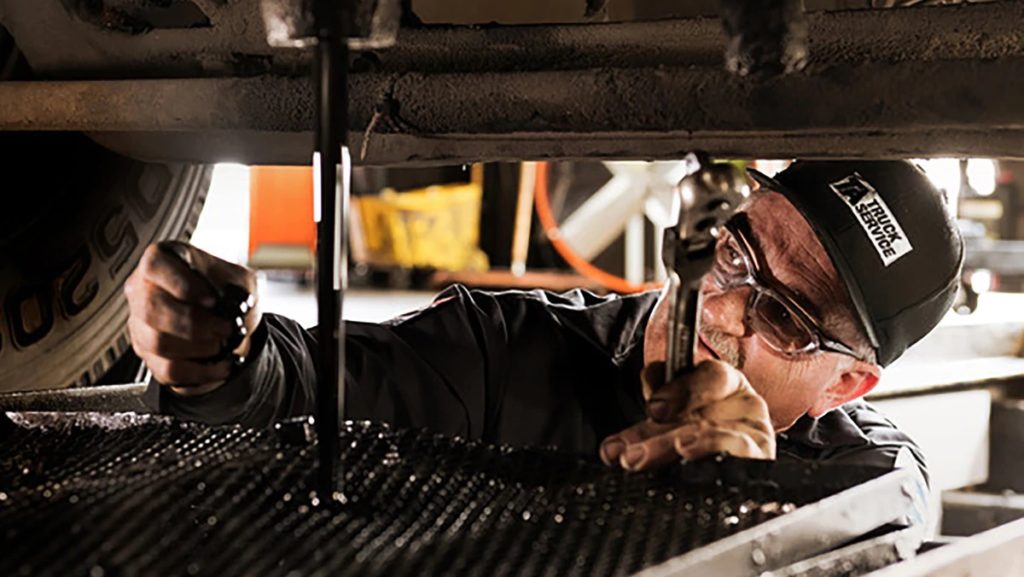By understanding shearing and viscosity loss, it becomes clear why a standard engine oil may not protect your equipment as well as you think it does toward the end of your drain interval.
At hundreds of dollars a pop, engine oil changes can add up to a major expense. It’s no wonder many fleet owners are looking for ways to extend their oil drains and keep their fleets in service longer.
Messing around with drain intervals, though, can be dangerous. Fleet owners who try extending drain intervals risk voiding their original equipment manufacturer (OEM) warranties. And even if you’re changing your oil at the intervals recommended by your OEM, it doesn’t guarantee your engine’s protected.
Over time, engine oils break down inside equipment. Toward the end of a drain interval, a lower-quality oil may drastically lose its ability to prevent wear. So, what causes this breakdown to happen, and how can you ensure your equipment is protected?
Understanding the oil breakdown culprit
Fluid breakdown occurs as the oil moves through the engine. The constant heat, intense pressure and stress that is put on an oil causes it to lose important chemical ingredients that are added to protect your engine. One of these important ingredients is the viscosity modifier. A critical component of every engine oil, the viscosity modifier prevents the fluid from thinning in the extreme heat generated by the engine.
The trouble is, under the intense heat and pressure inside an engine, traditional viscosity modifiers break down over time. This is because the molecules that compose them are arranged in a linear coil shape, which is prone to breaking as oil is squeezed between moving parts.
This deterioration of the viscosity modifier and the oil is referred to as shearing. Shearing can be a major issue for your machinery, because if an oil isn’t running at its specified viscosity, critical engine parts will be left without the protective layer of a lubricant. And when that happens, wear and corrosion can literally grind your operation to a halt.
Fighting oil breakdown with new technology
By understanding shearing and viscosity loss, it becomes clear why a standard engine oil may not protect your equipment as well as you think it does toward the end of your drain interval.
To keep your engine protected through the entire length of its OEM-recommended drain interval, it’s important to use an engine oil with strong shear resistance and viscosity control. Cenex Maxtron Enviro-EDGE and Maxtron DEO synthetic heavy-duty diesel engine oils now fight shearing and viscosity loss better than ever, thanks to a new industry-leading viscosity modifier called Endurovis.
The power of EnduroVis comes from its unique star shape. Unlike a traditional linear coil-shaped viscosity modifier, EnduroVis’ radial form keeps the product intact as it moves through the engine. Enhanced with EnduroVis, Maxtron Enviro-EDGE and Maxtron DEO are up to seven times more shear stable than a traditional linear coil-shaped viscosity modifier — even under severe engine stress and heavy loads.
Your equipment works hard, so you need a lubricant that works equally as hard — no matter what stage of your drain interval you’re at. To protect your fleet with EnduroVis, find Maxtron Enviro-EDGE or Maxtron DEO at your local Cenex lubricants dealer.
By Mimi Falkman
Source: https://www.fleetowner.com
CUT COTS OF THE FLEET WITH OUR AUDIT PROGRAM
The audit is a key tool to know the overall status and provide the analysis, the assessment, the advice, the suggestions and the actions to take in order to cut costs and increase the efficiency and efficacy of the fleet. We propose the following fleet management audit.




